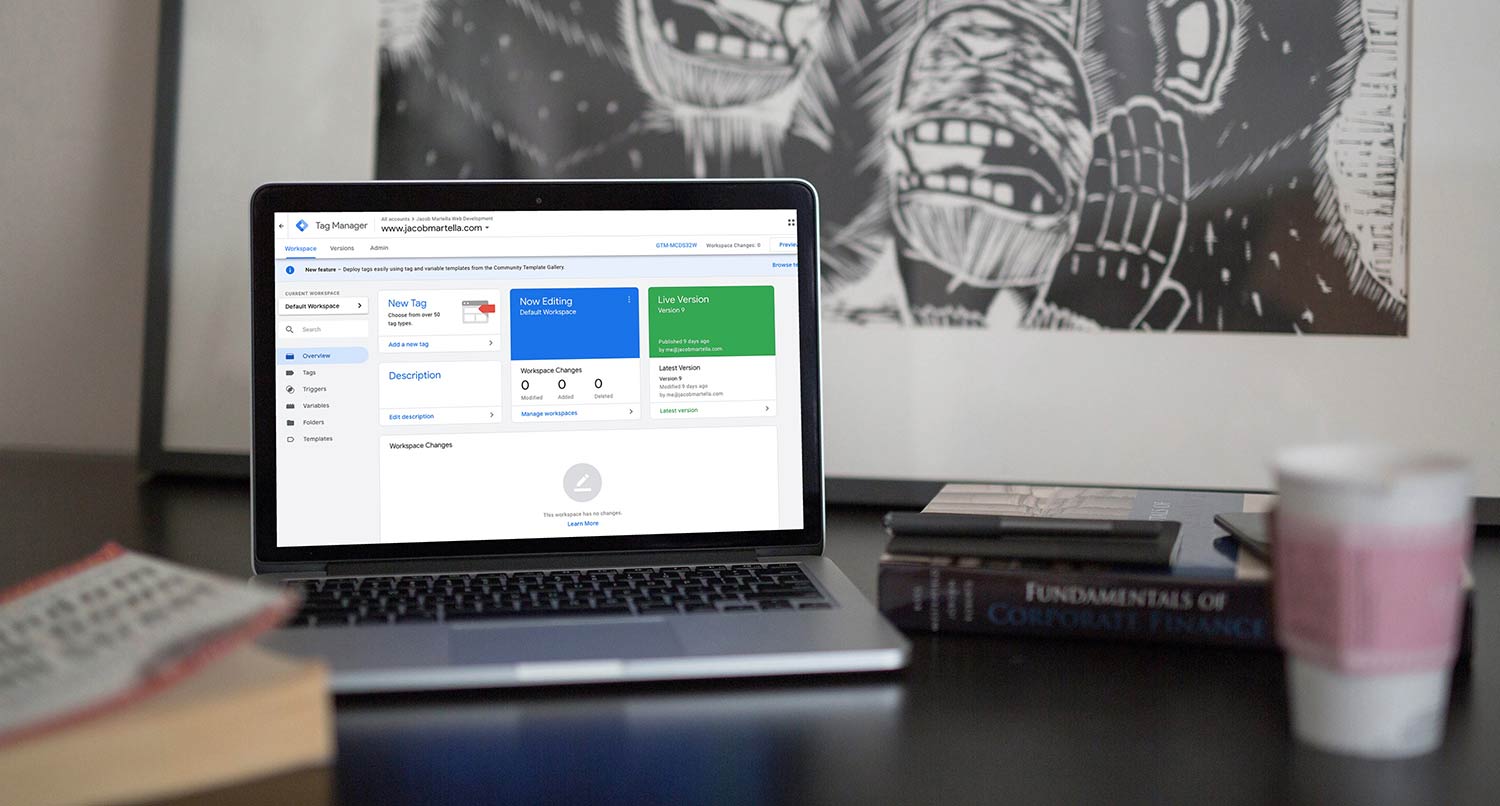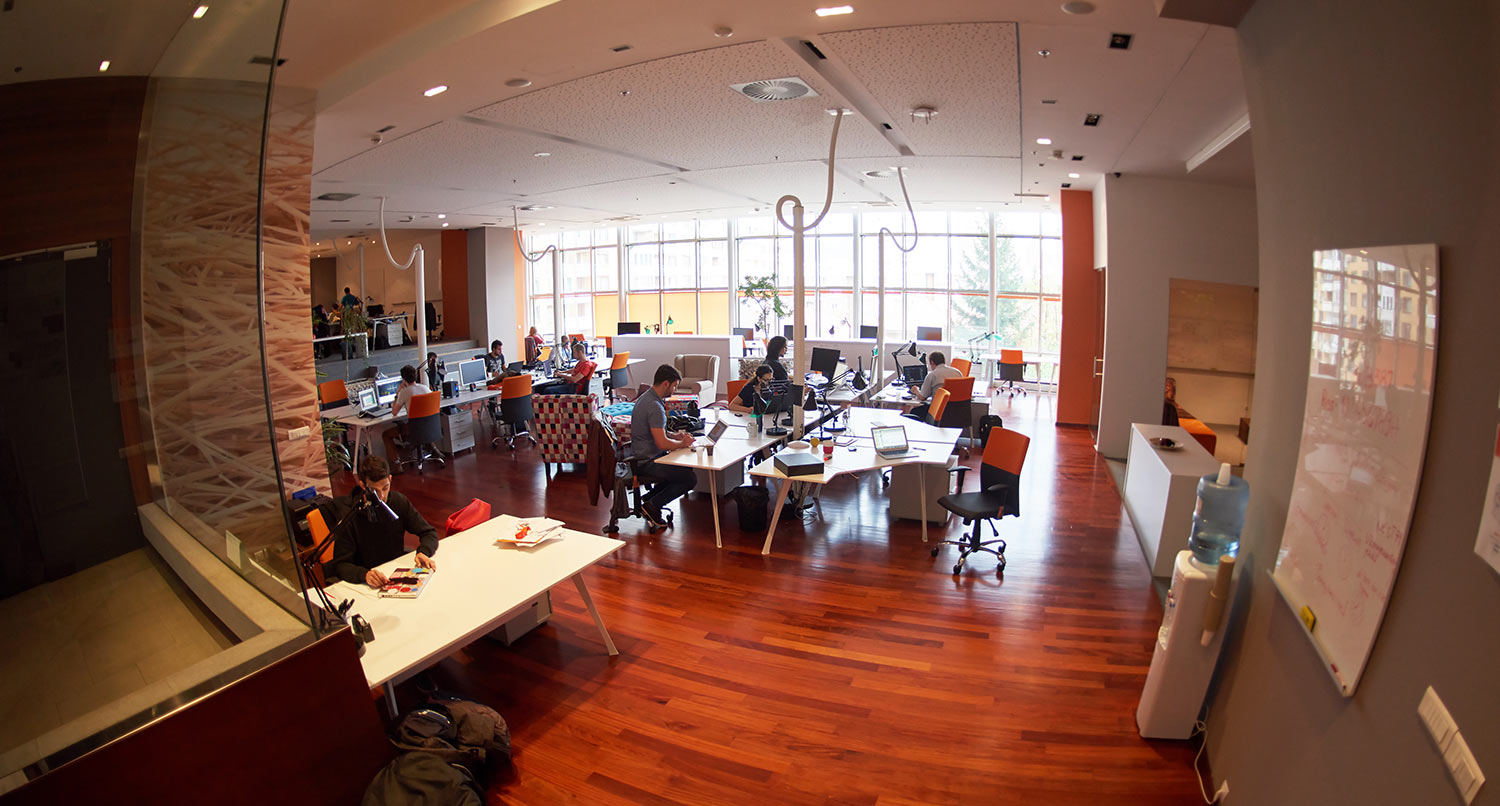So you’ve built your website. You like the design. It works perfectly. The content is great. It’s live and people are coming to it.
So your website is good now, right? There’s nothing left for you to do. You can just set it and forget it, no?
Not so fast.
One of the biggest website misconceptions about websites is that they aren’t supposed to change when they’re completed. In fact, the truth is the opposite. Your website should constantly be changing in order to make sure that it’s as optimized as possible to convert people into being customers.
Now, they don’t have to be really big changes. You shouldn’t be completely redesigning your homepage every other week. That’s a bridge too far.
But you should always be checking your metrics, figuring out what’s working and what’s not working and making small tweaks to your content and layout in order to increase your conversions. In other words, you should be using the iterative process. If not, you’re potentially losing business.
Where the website misconception comes from
While I’m not 100 percent scientifically sure where this mindset comes from, I believe it has to do with people thinking about websites in the wrong way.
Most of the websites we visit often don’t change. Or at least it doesn’t appear that they change. We all know the Facebook layout or the Twitter layout or, for sports fans, the layout of the ESPN homepage. I mean, at it’s basic layout, the ESPN homepage and site has been roughly the same for over five years now.
So when it comes to their own website, people think it’s simply okay to let their website sit there and just let it be its own thing.
But the truth is that all websites are changing. How many times did Facebook change something with their layout until they got it to where it is today? There was a lot of testing and learning that got them to this point
Or did you notice that new image on the homepage of a business website that you frequent? Or that their call to action button is a different color or has different text? They’re trying something out to figure out what will convert the most amount of people into customers.
You can’t get stuck in this idea that websites are static things. You have to change and update them every so often to make sure they are optimized for conversions. Help your website help you.
Stay One Step Ahead with your Website
Take away the worry about how to iterate on your website and sign up for one of the WordPress Website Care Plan. The Performance plan features Google Analytics set up and reporting and Google Search Console set up, while the One-Step-Ahead plan features monthly content planning so you can know what to write about. Plus, all plans come with premium web hosting, managed updates, monthly hours to adjust things on your website and more. Give your website the care it deserves!
Start Receiving Data and Iterating on Your Website Today!Why the misconception is wrong
The reality of the situation is that you’re always going to be changing your website.
Heck, if you post a new blog post, video, product, course or something similar, you’re changing your website. If you’re using a content management system like WordPress or Drupal, it’s as simple as just hitting publish so it might not feel like you’re changing your website, but technically you are.
But more than that, your website is going to have to change at some point. Just take your homepage for example. You might find that the hero image you have right now isn’t helping people take the call to action that you want, so you’ll change it. Or the text for the call to action button isn’t convincing people to click it.
Maybe your current layout isn’t being very helpful to your visitors, so you go through and move things around and change it. Or you add a couple of new important pages and now you need to change some of your main menu items.
This website has even gone through a number of changes and redesigns over the years as I learn more about web design and work to make it better for you.
So the short of it all is that your website is going to be constantly changing.
The iterative process and your website
The way you make effective changes to your website to produce positive results is through the iterative process. According to the Business Dictionary, the iterative process is:
“A process for arriving at a decision or a desired result by repeating rounds of analysis or a cycle of operations. The objective is to bring the desired decision or result closer to discovery with each repetition (iteration).”
Essentially, what it all boils down to is to create a webpage, let it go through a couple of weeks or a month of use, tally the data and results and see what can be changed. Then make those changes and repeat the process.
And you can see it with each update to Facebook, Twitter or your favorite app. All development these days is based on the iterative process. There’s the initial release and then there’s ironing out the bugs, creating new features and listening to feedback from users for each iteration or update.
My website has definitely gone through the iterative process over the last five years or so. Just take the homepage as an example. The one thing that’s stayed consistent over the years is the basic layout. But beyond that, each iteration has changed a number of other things. And over the years, the process has brought me to where the homepage is today. And it will continue to evolve.
Let the iterative process guide how you change and adapt your website.
Get Insights on How to do a Small Business Website Right!
Are you looking to get some help with your small business’ website, but aren’t quite in a spot to take that next step? No worries! I’ve got you covered with a small business newsletter. This weekly newsletter will talk about a different subject related to websites and small businesses each week, as well as highlight blog posts that can help you out. This will help you optimize your business’ site as much as you can while you get yourself into a position to take the next step for your website.
"*" indicates required fields
How to change your website to produce positive results
So how do you change your website so that you get positive results? Well, the first step is to make sure you have analytics set up to get in some data. You want to track your internal link clicks to see what pages people are clicking from and going to within your website. You can also use the Behavior Flow section of Google Analytics to visually see how people are moving within your website.
Next, look for pages with high bounce rates and look over them. Look for improvements that can be made, both with the content and the design of the page. See if you need to spice up your content more or if there are design changes that might convince people to take the action that you want them to take.
Think through the improvements you can make to the page and then do it. You can try to use Google Optimize to A/B test different components of the page to figure out what really works the best. And then use the option that provides the best results.
Finally, let the changes sit for a while. Give it about a month before taking a look at the results. And then repeat the process. And repeat it for all of the important pages on your website.
Because in order for your website to help you and your business reach your goals, it’s going to have to change.







